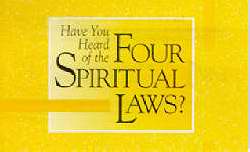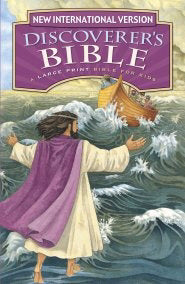Interpreting Matthew
Throughout his ministry Watchman Nee gave several studies on the Gospel according to Matthew. Early on, in the mid-1920s, from 1924 to 1926, he prepared some notes on Matthew chapters 1 and 2 only and had them published in the Morning Star magazine by the Morning Star Publishers, Chefoo, China. Then, in his early ministry in Shanghai, from 1927 to early 1935, he held a protracted study with the saints on Matthew, the longhand notes of which are published in English as: The King and the Kingdom of Heaven.* Finally, he gave another study on Matthew in Shanghai between 1950 and 1952. Full notes were taken, but the manuscript was never finished nor published. All this indicates how important it was to Watchman Nee that the message of the King and the kingdom be proclaimed and understood.
This present volume includes both the author’s last study on Matthew (1950-52) as well as his earliest notes on this Gospel (1924-26). Part One gives his matured view, while Part Two presents his earliest study. These two studies have been put together purposely in order to illustrate the progress our brother made—from knowing the letter of the word to entering into the spirit of the word while still keeping to the letter. This ought to be true in the study of any of the sacred letters.
May God, who mercifully preserved these manuscripts, use this book to bless His children.






